

Solutions for Swimming Pools |
|||||
|
 |
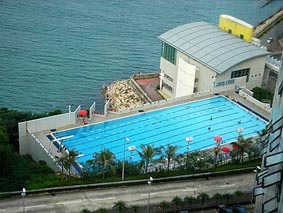 |
|||
| Introduction
In order to disinfect the pool water, chlorine is applied in form of sodium hypochlorite or chlorine tablet. The typical dosing is at 1-3ppm. Nowadays Oxidition-Reduction Potential (ORP) is measured to overcome the bacteria killing power affected by pH value of water when concentration of chlorine is measured. Normally it is set to 650-750mV to maintain a 'bacteria-free' water condition. Chlorination brings disinfection power to the pool water as well as the problem of chloramine which is bad to pool users. In order to improve the water quality, ozone is added so that the concentration of chlorine can be reduced. However the application of ozone brings other problems such as high operating cost and maintenance cost.
|
|||||
| High Cost of Ozonation | |||||
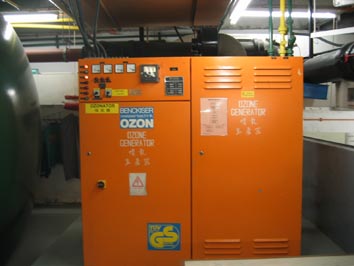 |
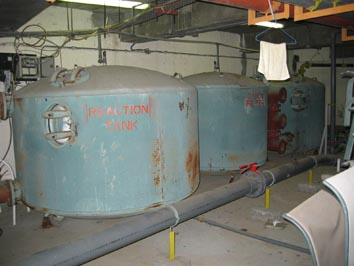 |
||||
The ozonator used in an Olympic sized swimming pool demands at least 5kW power. The ozone generating element is expensive and require regular replacement. The element is no longer produced for some models which makes the sustainable use of the equipment impossible. Reaction tank is connected after the ozonator to allow water mix with ozone for a certain period of time before ozone is removed by activated carbon filter. The reaction tank requires minmial maintenance but the activated carbon should be replaced regularly so as to maintain the function of adsorption and prevent the carbon granules from being discharged into the pool. Since AquaKLEAR P Range provides bacteria_killing function and break_down_chloramine in chlorinated water, so the ozonation can be replaced while the chlorine concentration can be maintained at a typical level without the bad effect of chloramine. |
|||||
| Problems of Chloramine | |||||
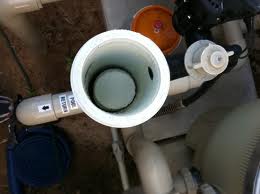 |
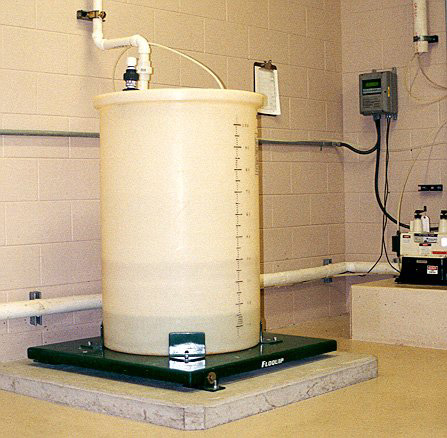 |
||||
|
Chlorine is commonly applied to disinfect the pool water by means of sodium hypochlorite, chlorine tablet or electrolysis of salt water. Chloramine - the by product of chlorination, is generated and causes obnoxious odors as well as skin, eye, and respiratory irritation that many swimmers mistakenly attribute to chlorine itself. The worst thing is it could induce asthma as reported by many studies. There is no solution in the past except the concentration of residual chlorine is reduced which also reduces the disinfection power. Now the problem can be solved by breaking_down_the_chloramine using our technology. |
|||||
| High Water Consumption | |||||
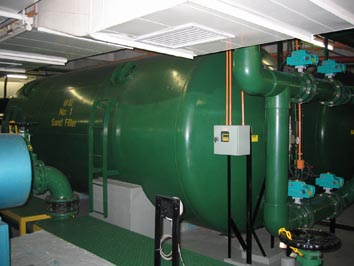 |
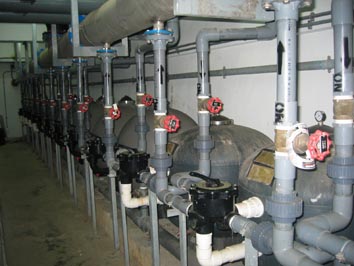 |
||||
A well-maintained, properly operating pool filtration and re-circulation system is the first barrier in combating contaminants large enough to be filtered. Rapid removal of filterable contaminants reduces the impact on the disinfection system thereby limiting the formation of chloramines, restricting the formation of disinfection by-products and optimizing sanitation effectiveness. When the differential pressure across the sand filter is high which reflects the blocking of the sand bed. This not only increases the pump energy but also reduces the effectiveness of the filtration. Backwashing is initiated to clean the sand bed manually or automatically. With a large size and high utilization pool, the water used for backwashing is huge. With the flocculation effect produced by HydroFLOW P Range, the duration and interval required for backwashing is significantly diminished. |
|||||
| Mineral Scale in Heater | |||||
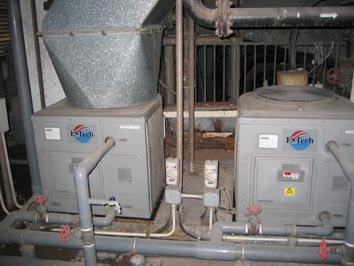 |
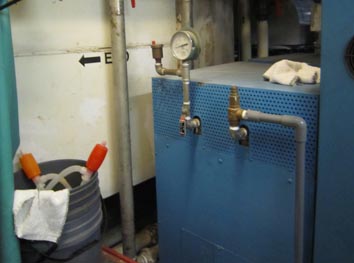 |
||||
|
In a heated pool, water is heated to 28-32 deg. C by water heater or more efficienctly heat pump. Although the temperature is not high, mineral scale is deposited on the heating filament or evaporator coil gradually. There is no obvious symptom except the energy used is increased. To reduce the energy wastage due to the formation of mineral scale, click here to learn more about it and the solution we provide. |
|||||
|
HydroFLOW P Range helps to solve many of the problem found in chlorinated pool in an innovative, reliable, cost effective and environmental friendly way. The benefits that an HydroFLOW P Range can bring to you is numerous and summarised as below: - Energy Cost Cut
- Equipment Down Time and Maintenance Cost Reduced
- Water Quality Improved
- Low Power Comsumption
- Ease of Installation
- Minimal Attention Required
- Environmental Friendly
|
|||||
|
|||||
| Copyright © 2015 PowerTech IPC Company Limited. All rights reserved. | |||||